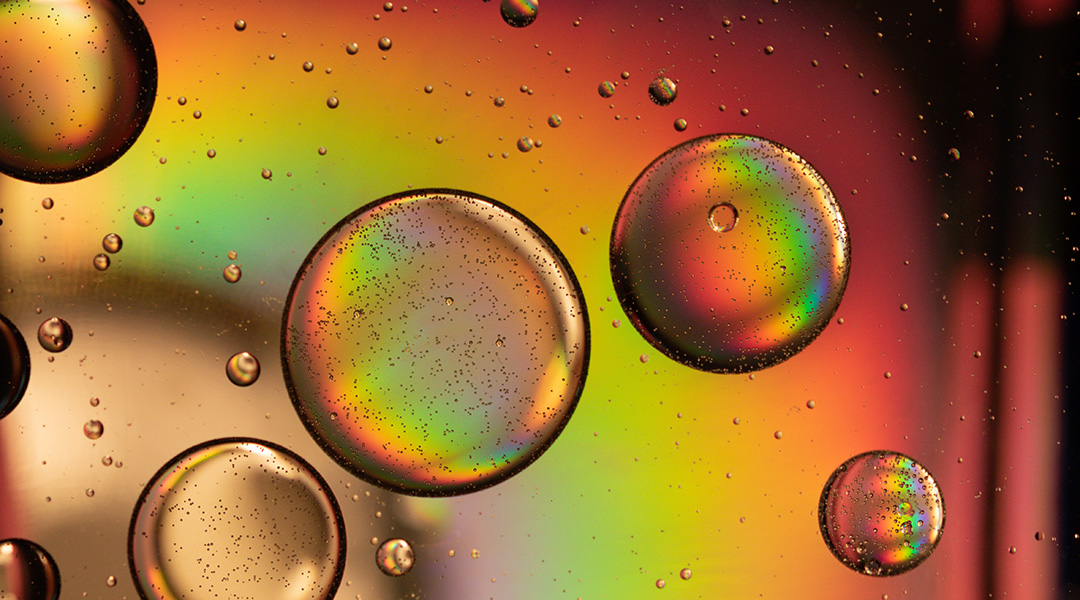For years, the ability to take up carbon dioxide (CO2) and convert it into sugar has been naturally restricted to plants, algae, and some bacteria. However, researchers have now incorporated this function into a type of yeast used in ethanol production to reduce CO2 emissions of this process while also increasing ethanol production for biofuels.
The use of ethanol as a fuel dates back to 1900 with the invention of the first car. However, it had low adoption in those years because petroleum-based fuels were cheaper and more readily available.
In 1970, amid the energy crisis and environmental concerns, there was a renewed interest in ethanol as an alternative to fossil fuels as it has a cleaner combustion, releasing less CO2 and other pollutants into the atmosphere. Today, ethanol is used in some countries blended with gasoline in different proportions to power flexible fuel cars.
Currently, ethanol is produced on large scales using yeast, specifically Saccharomyces Cerevisiae (S. Cerevisiae), through the fermentation of sugars sourced from sugarcane, wood, straw, and algae. But here’s the hitch: Fermentation not only yields ethanol but releases CO2, throwing a wrench into the eco-friendly use of ethanol as a biofuel.
“While emission from bioprocesses is generally lower than that from fossil fuel-based processes, emission is inevitable when utilizing S. cerevisiae,” explained Sujeong Park, a doctorate student at the School of Food Science and Biotechnology at Kyungpook National University and first author of the study.
Greenhouse gases, like CO2, act like a blanket that prevents heat escaping from the atmosphere. Moderate levels create optimal temperature conditions for life on Earth, but the excess causes abnormal temperature increases that make living conditions more challenging.
“Global warming seriously threatens human survival and ecosystem[s], triggering problems such as natural disasters and food shortages. Therefore, diverse efforts to reduce CO2 emissions should be made,” said Park.
Recycling CO2 and boosting bioethanol
To tackle this issue, the team genetically engineered an enzyme called Rubisco into S. Cerevisiae yeast. Rubisco is a key enzyme that allows for different plants, some bacteria, algae, and protists to fix CO2, meaning to capture atmospheric CO2 and incorporate it into sugars used for energy.
“Native S. cerevisiae does not naturally contain Rubisco,” said Park. “However, it has been shown that when Rubisco from other microorganisms is introduced into S. cerevisiae, it can work.
“We tried to reduce the CO2 emissions from bioethanol production into the atmosphere by introducing Rubisco in yeast to reutilize the CO2 released in fermentation.” To do this, the researchers used CRISPR-gene editing technology to precisely modify the yeast’s genome, inserting the gene for the production of Rubisco.
With this strategy, the researchers created S. Cerevisiae SJ03, a genetically modified yeast strain with the ability to fix CO2. However, instead of using the atmospheric gas as photosynthetic organisms do, this yeast make use of the CO2 released during fermentation and recycles it.
To test the performance of the new strain in producing ethanol and minimizing CO2 production, the team began by fermenting the sugar, xylose.
When they measured CO2 emission and ethanol yield in the cultures, they found that the new strain produced 0.657g of CO2 for every gram of ethanol and 0.36g of ethanol for each gram of xylose consumed. This means nearly 10% less CO2 release and 17% more ethanol yield than a control S. Cerevisiae that lacked the CO2 fixing pathway.
But where does the boost in ethanol production come from? “In SJ03, after fixation by Rubisco, CO2 is converted to 3-phosphoglycerate, a key intermediate in ethanol production,” explained Park.
The trapped CO2 feeds the yeast of this intermediary molecule, which is then converted during the normal ethanol synthesis, producing more ethanol and removing more CO2 from the reaction.
Although the percentages obtained are moderate, this is the highest efficiency of conversion of recycled CO2 into ethanol reported for CO2-fixing yeasts.
According to Park, one of the hurdles to overcome that could enhance the efficiency of CO2 fixation and ethanol yield is the low specificity of Rubisco for CO2. This enzyme not only fixes CO2 but also oxygen; for every three CO2 molecules fixed, it fixes one of oxygen. “Rubisco is […] an inefficient enzyme,” explained Park. “In environments with oxygen, Rubisco reacts with oxygen instead of utilizing CO2, consuming energy.
“If research is conducted to enhance rubisco affinity for CO2 by reducing its sensitivity to oxygen, it could significantly increase dioxide carbon fixation,” she concluded.
Reference: Sujeong Park, Bo-Ram Park, et al., Functional expression of RuBisCO reduces CO2 emission during fermentation by engineered Saccharomyces cerevisiae, Process Biochemistry (2023). DOI: doi.org/10.1016/j.procbio.2023.10.013
Feature image credit: Kai Dahms on Unsplash

















